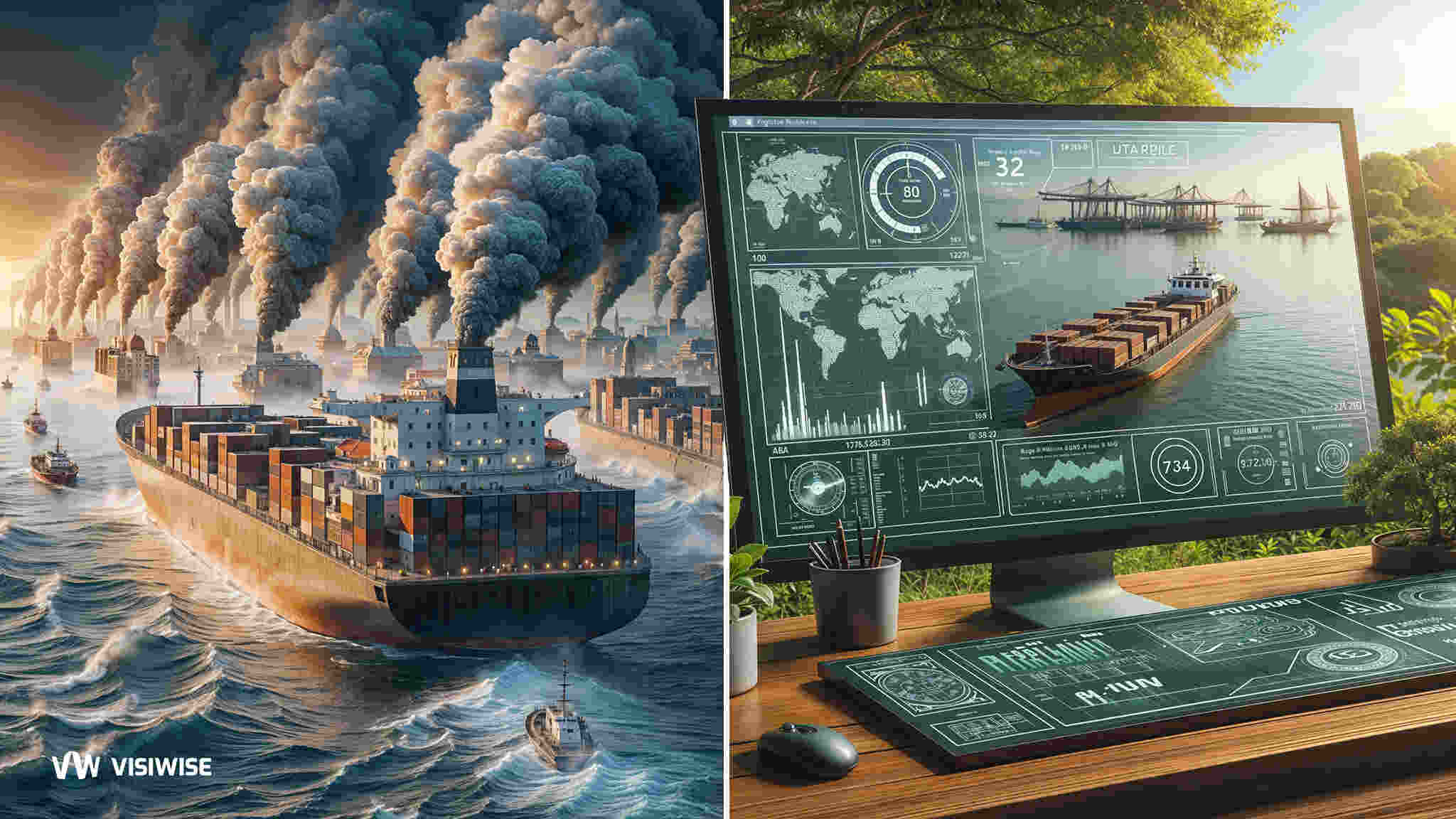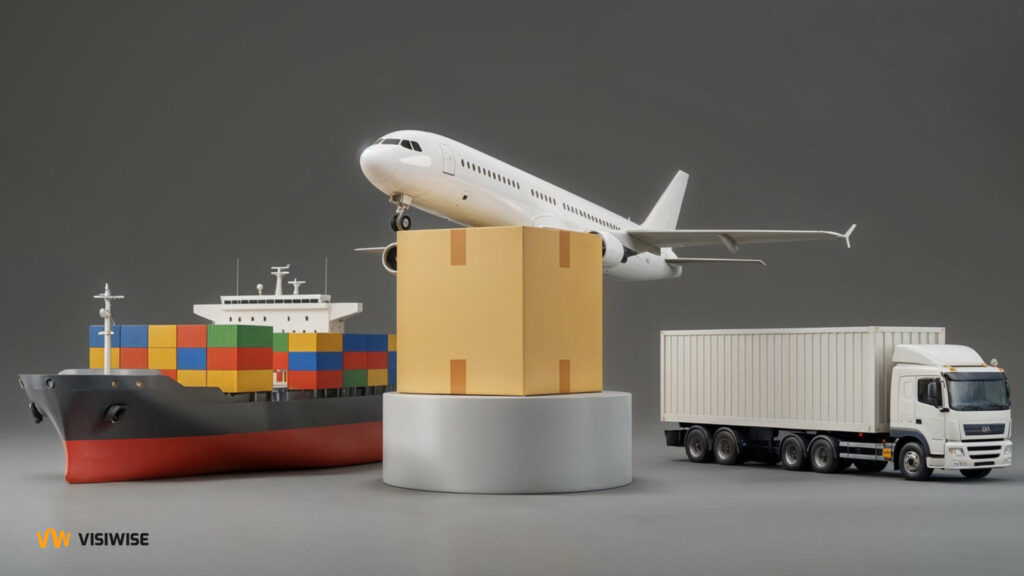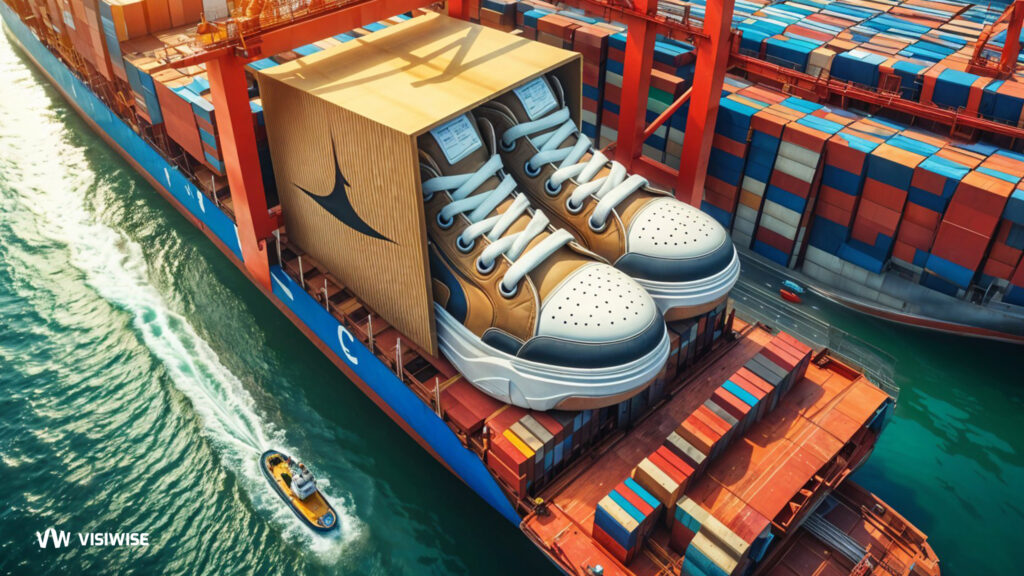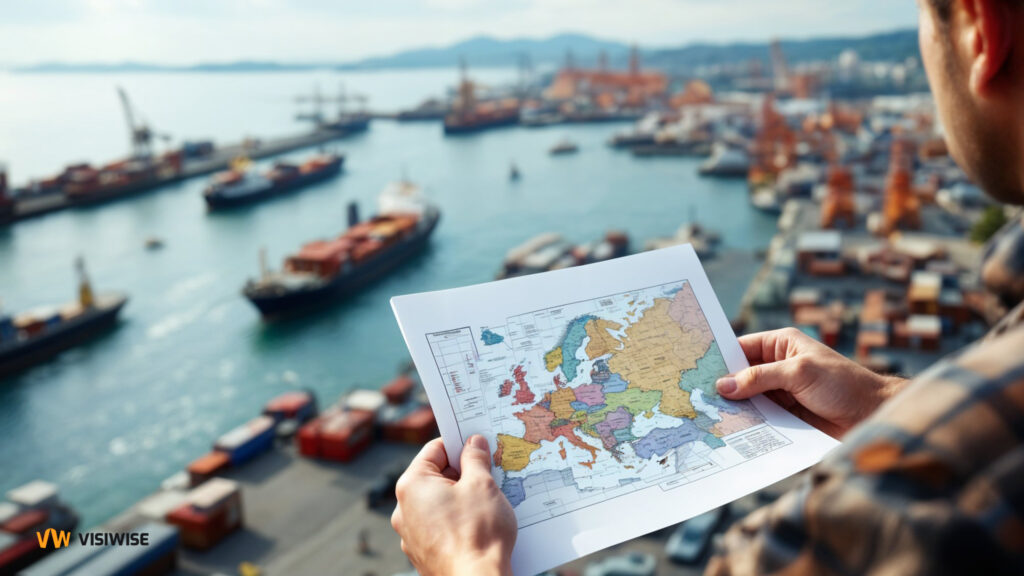As the global shipping industry navigates the choppy waters of regulatory compliance, one of the most pressing challenges it faces today is the European Union’s Emissions Trading System (EU ETS). Introduced as a pivotal component of the EU’s broader "Fit for 55" initiative, the EU ETS aims to reduce greenhouse gas emissions by 55% by 2030. This ambitious target has placed unprecedented demands on charterers and shipowners, who must now ensure full emissions visibility to meet their regulatory and contractual responsibilities. This article delves into the intricacies of the EU ETS, the role of real-time emissions visibility, and the technological and operational shifts necessary for compliance.
Challenges with the EU ETS for Shipping
The implementation of the EU Emissions Trading System (EU ETS) for the shipping industry continues to present significant challenges. Key aspects of the legislation remain unresolved, including the critical decision of who will bear the responsibility for the associated charges.
The Decision Makers
Options for Responsibility
A recent paper by Watson Farley and Williams (WFW) highlights two potential options for determining responsibility: either the ship manager or the owner. Dr. Clemens Hillmer, a partner at WFW, outlines these options:
- Option 1: Shipowners and their managers decide through a bilateral management agreement who is responsible for ETS obligations.
- Option 2: The manager is always responsible if the shipowner has delegated ISM Code compliance to them.
EU’s Stance
On 1 September 2023, the EU released a draft Implementing Act addressing this issue, opting for Option 2. This act allows owners and managers to choose the responsible party. If the manager is chosen, the company must provide documentation from the owner to the administering authority confirming the decision.
Persisting Uncertainties
Legal and Regulatory Ambiguities
The EU Implementing Act, which does not require ratification by member state parliaments, leaves some uncertainties just two months before the enforcement date. Albrecht Grell, MD at OceanScore, points out that many charterparties have not agreed on a method to handle the EU ETS. Questions also remain about the enforceability of certain regulations, particularly in complex international scenarios.
Enforcement Challenges
Grell raises a critical question: "If a Chinese operator manages vessels for a Japanese owner and the EU comes after you, how is this enforceable?" Despite the looming enforcement date, the industry is grappling with managing the EU ETS process, with an understanding that initial enforcement will be lenient.
Technological Solutions
OceanScore’s Role
At a London press conference on 22 November, Grell advocated for OceanScore’s technology, which automates much of the EU ETS process. OceanScore provides a largely automated system, though some manual data input is necessary due to access requirements to the Union Registry.
Industry Adoption
OceanScore requires trained staff to manage the system, a need recognized by major companies like MSC and vessel owner Peter Döhle. Additionally, Hamburg-based OKEE Maritime, operating a modest fleet, endorses OceanScore. Georg von Rantzau, OKEE’s Managing Partner, states that partnering with OceanScore and StormGeo offers a holistic and efficient solution for handling emissions, preparing them for a sustainable and greener future.
Understanding the EU ETS and Its Implications
The EU ETS, which started applying to the maritime sector on January 1, 2024, is the first emissions trading system that mandates ship operators to pay for their vessels’ emissions. This system initially requires operators to purchase carbon credits for 40% of their ships’ emissions, with this percentage set to rise incrementally until 2027, when 100% of emissions must be covered. This regulation applies to all cargo and passenger ships of 5,000 gross tonnage (GT) and above on voyages within the European Economic Area (EEA), including voyages to and from EEA ports.
The essence of the EU ETS lies in its market-based mechanism, which compels operators to buy and surrender EU Allowances (EUAs) equivalent to their greenhouse gas emissions. This market-driven approach incentivizes the reduction of emissions through economic means, encouraging shipowners to invest in cleaner technologies and more efficient operational practices.
The Critical Role of Emissions Visibility
In this new regulatory landscape, emissions visibility is no longer a luxury but a necessity. Historically, charterers had limited interest in the emissions performance of the vessels they hired, focusing primarily on the cost and logistical aspects of shipping. However, under the EU ETS, charterers are directly responsible for the emissions generated during their voyages, necessitating a paradigm shift in how they approach emissions management.
Real-time emissions visibility provides several critical benefits:
- Accurate Reporting: Compliance with the EU ETS requires precise emissions data. Real-time monitoring systems enable accurate tracking and reporting of emissions, ensuring that operators can meet their regulatory obligations without overestimating or underestimating their emissions.
- Cost Management: By having a clear view of their emissions, charterers can better manage their carbon credit purchases, avoiding the risk of overpaying for allowances due to inaccurate emissions estimates.
- Operational Efficiency: Real-time data allows operators to optimize their voyages for fuel efficiency, reducing overall emissions and associated costs. This can involve adjusting sailing speeds, optimizing routes, and employing other fuel-saving measures.
- Transparency and Trust: Providing charterers with real-time emissions data fosters a collaborative relationship between shipowners and charterers. This transparency is crucial in building trust and ensuring that both parties are aligned in their efforts to reduce emissions.
Technological Solutions for Real-Time Emissions Monitoring
Achieving real-time emissions visibility necessitates the integration of advanced technological solutions. Several technologies and systems have emerged as critical enablers of this visibility:
1. Real-Time Visibility Platforms: Platforms like ZeroNorth provide a comprehensive view of a vessel’s emissions in real time. These platforms gather data from various sensors and systems onboard, offering actionable insights and enabling operators to make informed decisions to optimize emissions and fuel consumption continuously.
2. Automated Fuel Propulsion Optimization: Technologies such as Yara Marine Technologies’ FuelOpt system automate fuel propulsion, optimizing fuel consumption and emissions in real-time. These systems can be integrated into existing vessel infrastructure, providing immediate benefits without requiring significant retrofits.
3. Analytics Tools: Comprehensive fleet analytics platforms offer a holistic view of emissions across an entire fleet. These tools aggregate data from individual voyages, providing insights into overall emissions performance and highlighting areas for improvement.
4.Emissions Monitoring Systems (EMS): EMS solutions continuously measure emissions from the ship’s exhaust, providing real-time data on pollutants such as carbon dioxide (CO2), methane (CH4), and nitrous oxide (N2O). These systems are critical for compliance with both the EU ETS and the International Maritime Organization’s (IMO) Carbon Intensity Indicator (CII).
5. Blockchain and Digital Twins: Emerging technologies like blockchain and digital twins offer promising avenues for enhancing emissions transparency. Blockchain can provide an immutable record of emissions data, ensuring accuracy and preventing tampering, while digital twins create virtual models of vessels to simulate and optimize emissions performance.
Operational Changes and Collaborative Efforts
Beyond technological adoption, achieving full emissions visibility and compliance with the EU ETS requires significant operational changes and collaborative efforts between shipowners, charterers, and regulatory bodies.
Operational Adjustments
- Voyage Planning and Optimization: Operators must prioritize voyage planning and optimization to minimize emissions. This includes selecting optimal routes, adjusting sailing speeds, and avoiding congestion where possible. Advanced voyage planning tools can assist in making data-driven decisions to enhance efficiency.
- Crew Training and Engagement: The successful implementation of emissions reduction strategies hinges on the crew’s understanding and engagement. Training programs should focus on the importance of emissions management and the use of new technologies. Crew members should be encouraged to actively participate in optimizing vessel performance.
- Maintenance and Upgrades: Regular maintenance of engines and other critical systems is essential to ensure optimal performance and reduce emissions. Additionally, retrofitting vessels with emissions-reducing technologies, such as scrubbers and energy-saving devices, can further enhance compliance efforts.
Collaborative Efforts
- Charterparty Agreements: Charterparty agreements must be updated to reflect the new responsibilities under the EU ETS. These agreements should clearly outline the allocation of emissions costs and the roles of each party in managing and reporting emissions. Collaborative clauses can help ensure that both shipowners and charterers share the burden and benefits of emissions reductions.
- Industry Partnerships: Industry-wide partnerships and initiatives can drive collective progress towards emissions reductions. Organizations such as the Global Maritime Forum and the Sea Cargo Charter provide platforms for stakeholders to collaborate, share best practices, and develop standardized approaches to emissions management.
- Regulatory Support: Regulatory bodies play a crucial role in supporting the maritime industry’s transition to lower emissions. Clear guidelines, incentives for adopting clean technologies, and robust verification mechanisms are essential to ensure compliance and drive continuous improvement.
The Road Ahead: Challenges and Opportunities
While the path to full emissions visibility and compliance with the EU ETS is fraught with challenges, it also presents significant opportunities for the maritime industry.
Challenges
- Technological Integration: Integrating new technologies into existing vessel infrastructure can be complex and costly. Shipowners must carefully evaluate the return on investment and consider phased implementation strategies to manage costs.
- Data Accuracy and Standardization: Ensuring the accuracy and standardization of emissions data across different vessels and operators is a significant challenge. Industry-wide standards and robust verification mechanisms are needed to address this issue.
- Regulatory Compliance: Navigating the complexities of the EU ETS and other regulatory frameworks requires continuous monitoring and adaptation. Shipowners and charterers must stay informed about regulatory updates and ensure that their compliance strategies remain effective.
Opportunities
- Competitive Advantage: Early adopters of emissions-reducing technologies and practices can gain a competitive advantage in the market. Demonstrating a commitment to sustainability can attract environmentally conscious customers and partners.
- Cost Savings: While the initial investment in emissions-reducing technologies may be substantial, the long-term cost savings from reduced fuel consumption and emissions penalties can be significant. Efficient operations can lead to lower operational costs and improved profitability.
- Sustainability Leadership: The maritime industry has a unique opportunity to position itself as a leader in sustainability. By proactively addressing emissions and environmental impacts, the industry can contribute to global efforts to combat climate change and enhance its reputation.
Conclusion
The implementation of the EU ETS marks a transformative moment for the maritime industry, ushering in a new era of emissions accountability and visibility. As charterers and shipowners adapt to these regulatory demands, the importance of real-time emissions monitoring and management cannot be overstated. Advanced technologies, collaborative efforts, and a commitment to operational excellence will be critical in navigating this complex landscape.
By embracing these changes and prioritizing emissions visibility, the maritime industry can not only comply with the EU ETS but also drive meaningful progress towards a more sustainable future. The challenges are significant, but the opportunities for innovation, cost savings, and environmental stewardship are equally compelling. As the industry charts its course through these uncharted waters, it stands at the forefront of a global movement towards cleaner, greener shipping.



